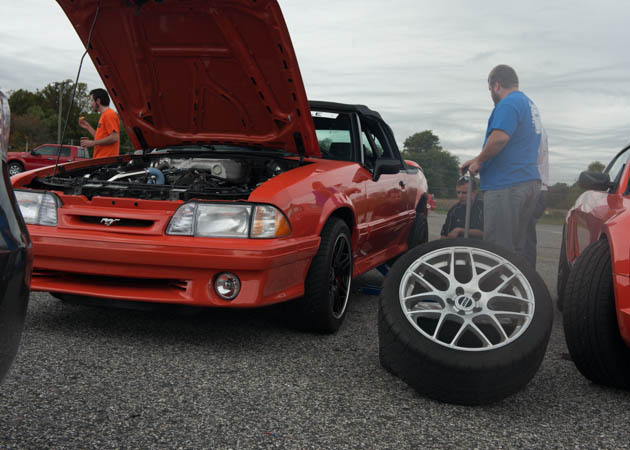Many car owners have been touting the benefits of changing into a plus-sized tire. As an example, they may say that the handling and traction have been improved. It is also said that cars with plus-sized tires look more impressive. Before we implement this change on our car, we should make sure there the change is relatively safe. In this case, we should make sure that it’s the best decision for our car. There are some important technical considerations that we need to know. As an example, our cars could be equipped with anti lock braking system or ABS. The safety feature is designed with the OEM tire size and ABS applies repeated pulses at different rate based on the dimension of our tire. The ABS system won’t work well if the diameter of the tire has increased by more than 3 percent. This will cause longer braking distance and it will be quite risky in an emergency situation. The ABS system may even fail completely if the diameter has increase more than 15 percent. This should become a significant safety concern for drivers. In this case, when we replace the tire, it is important that the diameter won’t change significantly.
Before changing the tire, we should check the “approved rim width range” for the car. Depending on the flexibility of the sidewall of the tire; the tire should fit on different varieties of rim widths. The approved rim width allows a specific range that we can choose. As an example, a car could be allowed to have a rim width between 5.5-inch and 7/5-inch. If the tire mounted on the rim is narrower or wider than the approved range, we could risk unseating the tires when they are exposed under heavy loads. The results can be quite catastrophic if we drive at higher speeds. So, we should make sure that our tires have matched the recommended rim width. Another factor to consider before choosing a plus-size tire is minimum dual spacing and it specifies the minimum distance between two tires. Obviously, the larger tires should fit within our car’s wheel well and won’t come in contact with the top and sides of the well. In a rough road, the plus-size tire could actually bumps against the top of the wheel well, causing a less comfortable experience due to repeated shocks.
In this case, the tires should meet the load index and minimum speed rating for our car. Once all the criteria are met, we can be certain that the overall performance won’t be affected. Plus-sizing should be able to increase traction and make our ride smoother.

